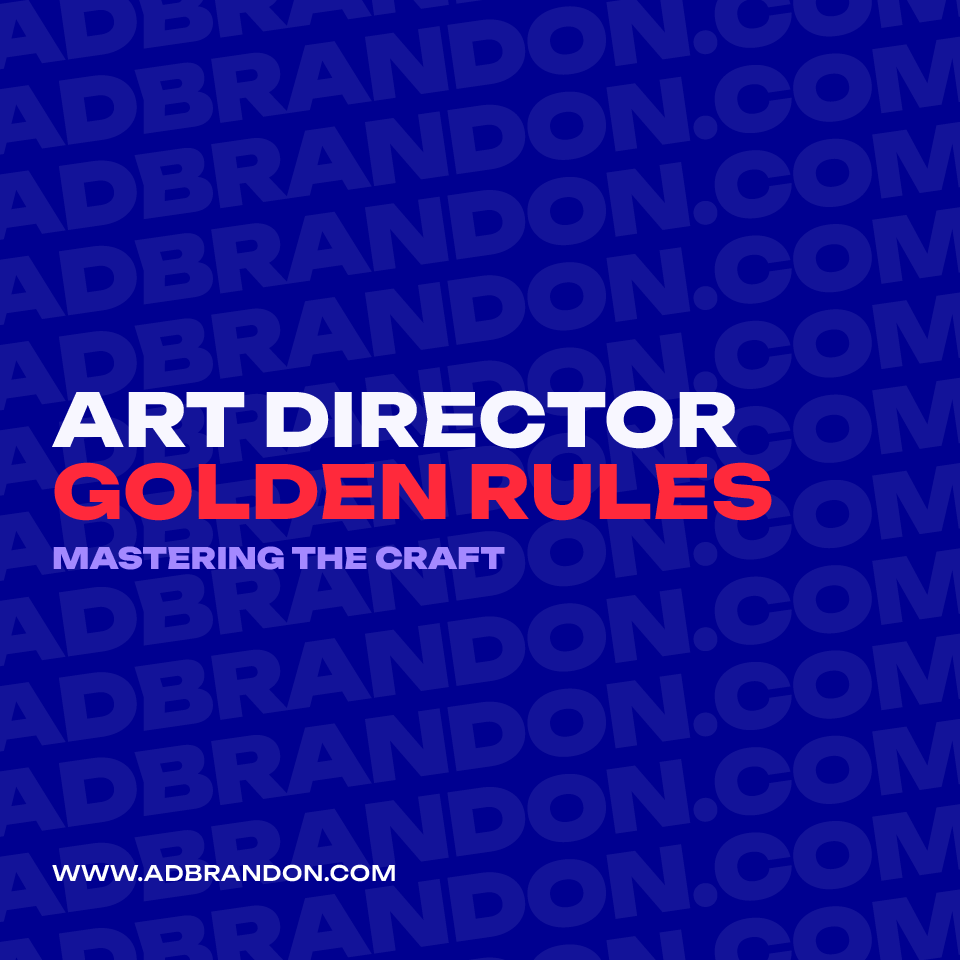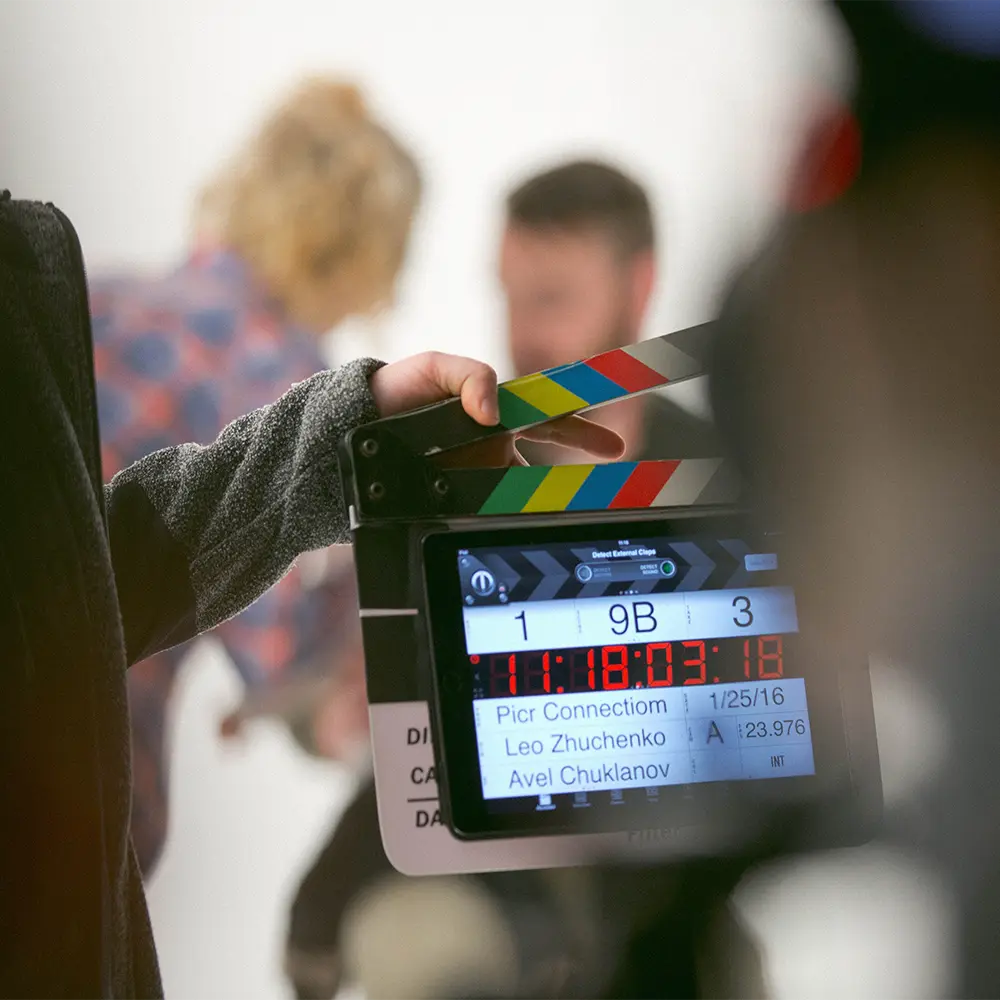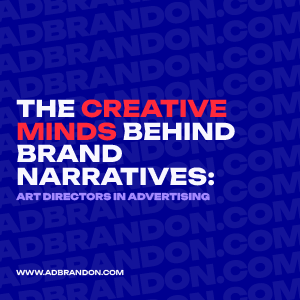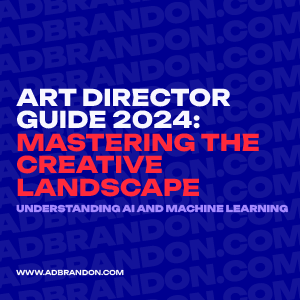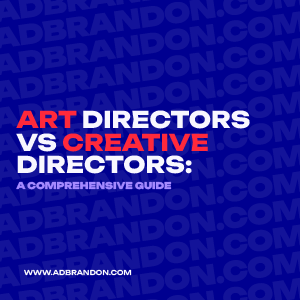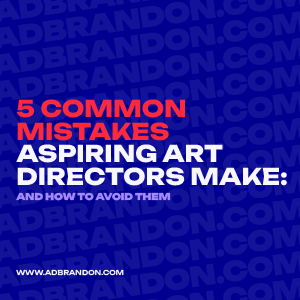 https://adbrandon.com/wp-content/uploads/2023/11/brandon-nogueira-art-director-5-mistakes-aspiring-art-directors-make-1.webp
300
300
mampi99
https://adbrandon.com/wp-content/uploads/2024/01/adbrandon-logo-header-white.webp
mampi992023-11-07 15:20:512023-11-07 15:22:255 Common Mistakes Aspiring Art Directors Make and How to Avoid Them
https://adbrandon.com/wp-content/uploads/2023/11/brandon-nogueira-art-director-5-mistakes-aspiring-art-directors-make-1.webp
300
300
mampi99
https://adbrandon.com/wp-content/uploads/2024/01/adbrandon-logo-header-white.webp
mampi992023-11-07 15:20:512023-11-07 15:22:255 Common Mistakes Aspiring Art Directors Make and How to Avoid ThemArt Director Golden Tips:
Mastering the Craft
1. Understanding the Role of an Art Director
An art director plays a pivotal role in shaping the visual aesthetics of a project. Whether it’s for film, advertising, or design, their vision guides the creative team. They liaise with various departments, ensuring that the final product aligns with the intended concept. To delve deeper into the differences and nuances, check out this comparison between art directors and creative directors.
2. Essential Qualities of a Successful Art Director
Visionary Thinking:
An art director must have a clear vision. This involves understanding the project’s goals and translating them into visual concepts.
Collaboration:
Art directors work with various teams. Effective communication and collaboration are key to ensuring that everyone is on the same page.
Budget Management:
Staying within budgets while ensuring quality is a crucial skill. This involves allocating resources wisely and making cost-effective decisions.
3. Steps to Becoming an Art Director
Starting as an art PA or in other roles within the art department can pave the way. With experience, one can climb the ladder to assume the role of an art director. Formal education in design or arts can be beneficial, but hands-on experience is invaluable. For a comprehensive guide on this journey, visit becoming an art director.
4. The Art Director in Film
In the film industry, an art director ensures that sets, costumes, and props align with the movie’s theme. They work closely with the production designer, overseeing the construction and design of movie sets. For more insights into mastering the creative landscape, explore these art direction mastery tips.
5. Challenges and Rewards
The role of an art director is demanding. Long hours, tight deadlines, and managing large teams are part of the job. However, the reward lies in seeing one’s vision come to life, influencing the project’s overall look and feel. If you’re considering freelancing, understanding the role of a freelance art director can be beneficial.
6. Continuous Learning and Adaptation
The world of art and design is ever-evolving. An art director must stay updated with the latest trends and technologies. Workshops, courses, and networking can help in staying ahead of the curve.
7. Golden Tip: Value Your Worth
Every art director brings a unique perspective to the table. Recognizing one’s worth and ensuring fair compensation is essential. It’s not just about monetary value but also about respect and recognition in the industry.
8. Conclusion
In conclusion, becoming a successful art director requires a blend of creativity, management skills, and continuous learning. With passion and dedication, one can master the art and make a significant impact in the creative world.
FAQ
Q1: What are the job qualifications for an art director?
A1: An art director typically requires a background in visual arts, such as photography, illustration, filmmaking, and graphic design. Formal education in design or related fields can be beneficial, but hands-on experience in roles like scene painter, concept artist, or sculptor is invaluable.
Q2: What are 3 responsibilities of an art director?
A2: Three primary responsibilities of an art director are:
- Shaping the visual aesthetics of a project and guiding the creative team.
- Liaising with various departments to ensure the final product aligns with the intended concept.
- Managing budgets and resources to ensure quality while staying within financial constraints.
Q3: What are some interesting facts about being an art director?
A3: Art directors play a crucial role in various creative industries, from publishing and advertising to film. They not only design sets but also determine the overall look of a film production. Their role acts as a bridge between the production designer and the construction crew, especially during pre-production.
Q4: What are some drawbacks of being an art director?
A4: The role of an art director can be demanding, with long hours, tight deadlines, and the challenge of managing large teams. Balancing creative vision with budget constraints and client expectations can also be challenging.
Let’s Connect!
Start your creative journey today!
An Art Director’s Blog
Explore more of my articles.

